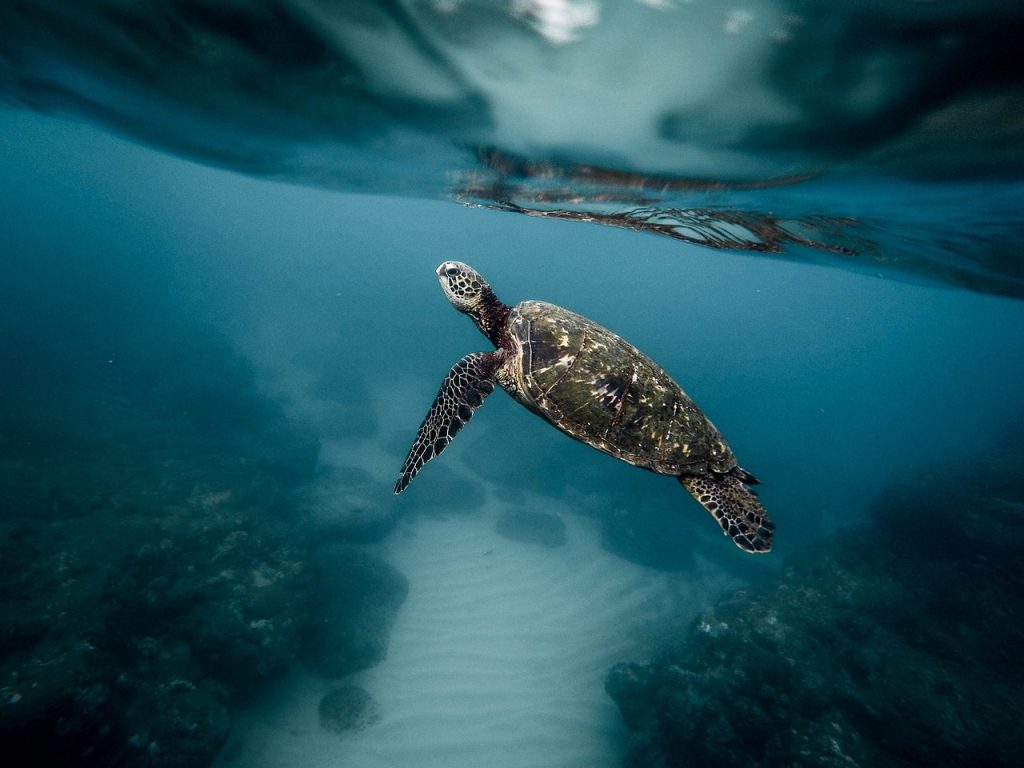One of the oldest and most resilient creatures on the world, turtles have existed for more than 200 million years. One of the most well-known animals in the world, turtles are distinguished by their distinctive shells and slow, steady movements. Turtles, despite their unassuming exterior, are remarkably adaptive and have survived in a wide range of environments, from the hot deserts to the freezing waters of the polar regions. This article will go into the world of turtles and examine their adaptations, behaviors, and the factors that have contributed to their long-term survival. There is a lot to discover about these interesting species, from the enormous leatherback sea turtle to the little box turtle. Let’s get going on our exploration of the intriguing world of turtles!
Turtle Adaptations
Turtles have a remarkable capacity for environment adaptation, which has allowed them to live for millions of years in a range of habitats. Their distinct behavioral and physical adaptations have been crucial in their success as a species.
The shells of turtles are one of its most obvious adaptations; they offer protection and aid in controlling body temperature. For example, desert turtles have evolved stronger shell walls to hold onto moisture in the hot, dry environment.
Aquatic turtles, which have evolved webbed feet and streamlined bodies for effective swimming, are another example of turtle adaptation. Sea turtles can easily navigate the ocean since they have flippers in place of legs.
The diet of turtles has also evolved, with certain species focusing on specific foods like mollusks, algae, or aquatic plants. Due to their dietary specialization, turtles are able to inhabit distinct ecological niches without facing competition from other species.
In conclusion, turtles’ special physical and behavioral adaptations have helped them thrive in a range of settings and overcome obstacles posed by their surroundings. Turtles have survived for millions of years thanks to these adaptations, which have been essential to their success as a species.

Turtle Behavior
For their continued existence and success as a species, turtles engage in a number of actions. Finding food, mates, and caring for their young are only a few of the many actions covered by these behaviors.
The routines of turtles’ daily activity are among their most distinctive habits. Despite some species of turtles being more nocturnal and active at night, most turtles are active throughout the day. When they are active, turtles can be seen scavenging for food, soaking up the sun, and exploring their surroundings.
Turtles have survived and thrived for millions of years thanks to the behaviors they exhibit. As an illustration, their capacity to sunbathe aids in controlling their body temperature and supplies vital warmth for their metabolism. The survival of their young and the survival of their species are also ensured by their courtship and nesting habits.
In conclusion, the wide variety of behaviors demonstrated by turtles are essential to their success as a species and survival. Turtles have evolved these behaviors over millions of years to overcome obstacles and flourish in their environments, from locating food and mates to raising their young.
IV. Organizations Dedicated to Saving Turtles
There are many organizations dedicated to saving turtles and protecting their habitats. In this section, we will take a closer look at four of the most notable organizations in the field of turtle conservation:
1. Visit Save Turtles : are protected and conserved by the nonprofit group Save Turtles through a number of projects and programs. They engage with a variety of partners, including governments, universities, and other conservation organizations, and their work includes habitat preservation, research, and education.
2. Sea Turtles ( https://saveturtles.org/)– Sea Turtles is an online resource that offers information and tools for those who are interested in learning about sea turtle conservation . Their website provides information on the issues confronting sea turtles and what may be done to help conserve them, as well as a network of organizations dedicated to sea turtle conservation.
3. Turtle Foundation – The Turtle Foundation is a non-profit group devoted to the preservation of sea turtles and their natural habitats . They concentrate on collaborating with local communities to maintain sea turtle populations through their work, which also involves habitat preservation, research, and education.
4. Notre Grand Bleu Notre Grand Bleu is a Tunisian organization devoted to the preservation and protection of sea turtles . They collaborate closely with other organizations and regional communities to maintain sea turtle populations through their work, which also includes research, habitat preservation, and community education.
The numerous organizations fighting to conserve turtles and safeguard their ecosystems are just a few examples. They are contributing to the long-term survival of these amazing species through their work.
The remarkable organisms known as turtles have evolved to live in a range of settings and exhibit distinctive habits that have enabled them to flourish for millions of years. However, several turtle species are in danger of going extinct because of a variety of dangers.
Fortunately, there are several of groups working to save turtles and safeguard their ecosystems. Through captive breeding programs, research, education, and habitat preservation, these organizations aim to safeguard threatened species. They are making it possible for these significant species to continue existing and for their habitats to be preserved for future generations.
Supporting these groups and spreading awareness of the value of turtle conservation are vital steps in the effort to safeguard turtles. We can secure the survival of these amazing species for future generations by cooperating.